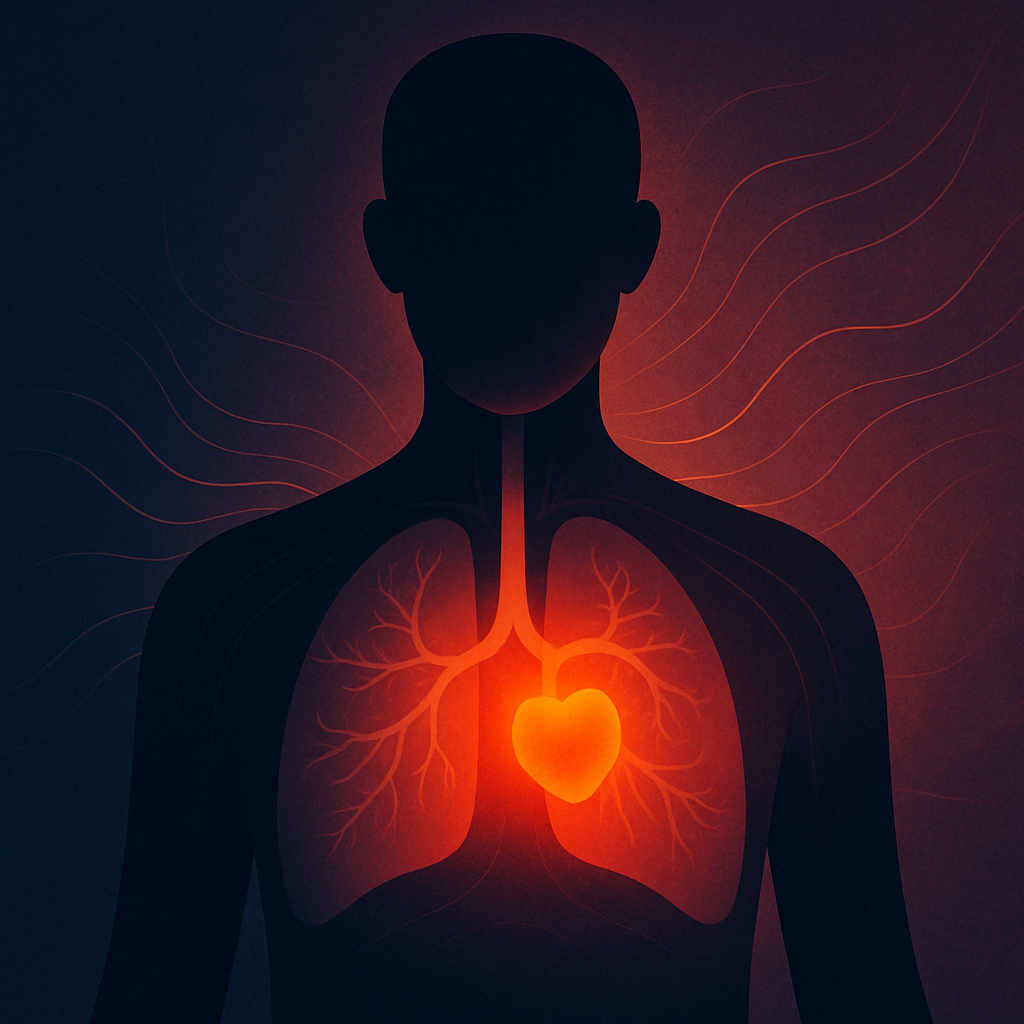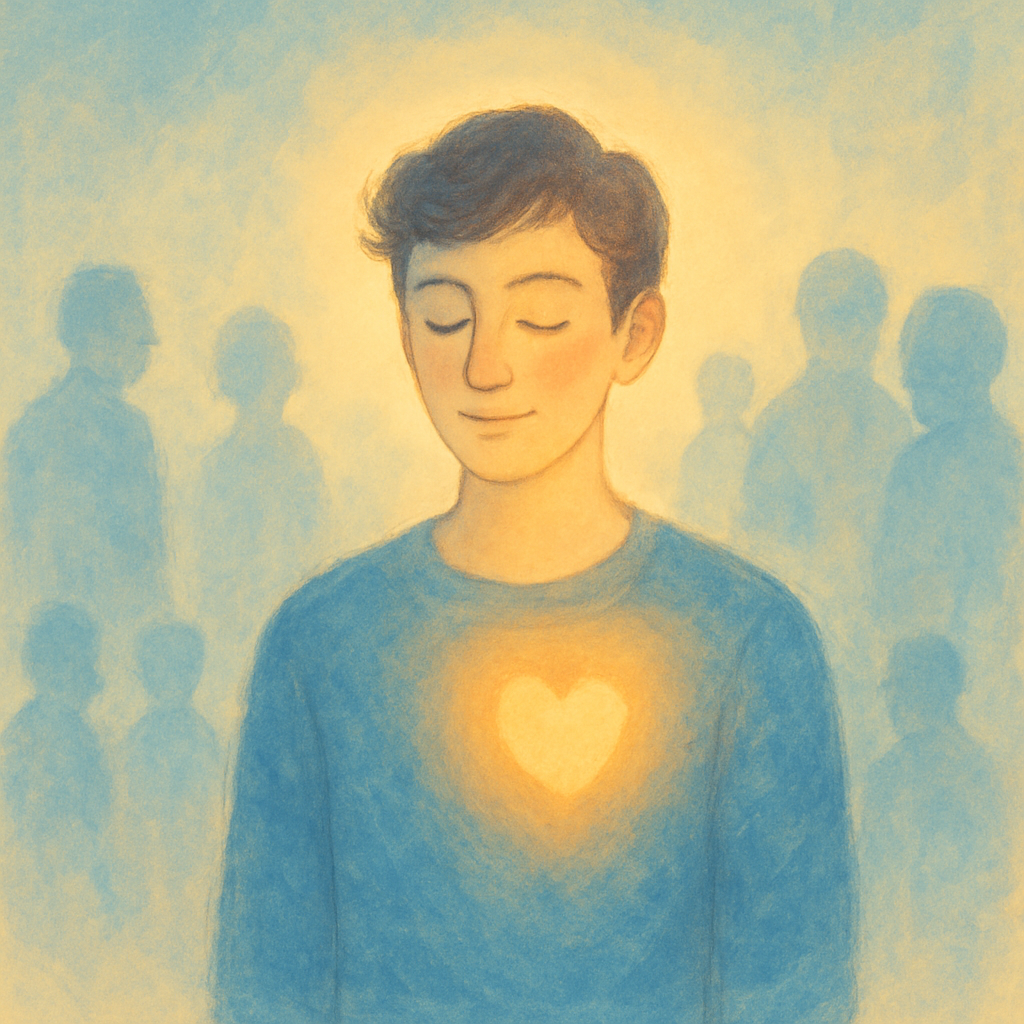The Physiology of Panic: Understanding Your Racing Heart and Breathing Difficulties
If you’ve ever experienced a panic attack, you know how terrifying it can feel. Your heart pounds so hard you worry it might burst, your breathing becomes shallow and rapid, and you might feel like you’re losing control or even dying. You’re not alone in this experience, and what you’re feeling is very real—both the fear and the physical symptoms that come with it.
Understanding what’s happening in your body during these frightening moments can be incredibly empowering. When you know why your body reacts the way it does, the experience becomes less mysterious and more manageable. This knowledge, combined with practical techniques, can help you feel more in control when panic strikes.
What’s Really Happening in Your Body During a Panic Attack
Your Body is Trying to Protect You
When panic hits, your body activates what’s called the fight-or-flight response. This is an ancient survival mechanism that has kept humans alive for thousands of years. Your brain perceives danger (even when there isn’t any real threat) and immediately prepares your body to either fight or run away. It’s not your fault that this happens—your body is simply doing what it thinks is necessary to keep you safe.
Why Your Heart Races
That pounding heart you feel isn’t dangerous, even though it feels terrifying. When your brain signals danger, it releases stress hormones like adrenaline. These hormones tell your heart to beat faster so it can pump more blood to your muscles, preparing them for action. Your heart rate might jump from a normal 70 beats per minute to 150 or more. While this feels overwhelming, remember that your heart is strong and designed to handle these changes.
It’s completely understandable that this racing heartbeat scares you—many people worry they’re having a heart attack. The good news is that panic attacks, while incredibly uncomfortable, are not physically dangerous to your heart.
Why Breathing Becomes So Difficult
During a panic attack, you might feel like you can’t catch your breath, or like you’re suffocating. This happens because your body starts breathing faster and deeper, trying to get more oxygen to your muscles. This rapid breathing, called hyperventilation, actually gives you too much oxygen and reduces the carbon dioxide in your blood.
This imbalance can make you feel dizzy, tingly, or short of breath—which can be frightening and make you breathe even faster. It creates a cycle that feels impossible to break, but understanding this process is the first step toward interrupting it.
Gentle Techniques to Help You Through the Storm
When panic strikes, remember that you have tools to help yourself. These techniques take practice, so be patient and compassionate with yourself as you learn them.
Grounding: Bringing Yourself Back to the Present
Grounding techniques can be your anchor in the chaos of panic. They work by redirecting your attention away from the frightening sensations and back to the present moment. Try the 5-4-3-2-1 technique:
- 5 things you can see around you (a picture on the wall, your hands, a book)
- 4 things you can touch (your clothes, a table, your phone)
- 3 things you can hear (traffic outside, the air conditioner, your own breathing)
- 2 things you can smell (coffee, fresh air, soap)
- 1 thing you can taste (gum, the lingering taste of something you drank)
This technique helps remind your brain that you’re safe in this moment.
Breathing: Your Most Powerful Tool
When your breathing feels out of control, you can gently guide it back to a calmer rhythm. Try this simple technique:
- Breathe in slowly through your nose for 4 counts
- Hold your breath gently for 4 counts
- Exhale slowly through your mouth for 6 counts
- Repeat until you feel your breathing slow down
Remember, this takes time to work. Don’t worry if it doesn’t feel natural at first—you’re retraining your breathing patterns, and that takes patience with yourself.
Progressive Muscle Relaxation: Releasing the Tension
Panic often makes your muscles tense up. Progressive muscle relaxation can help you release this tension:
Starting with your toes, tense each muscle group for 5 seconds, then slowly release and notice the feeling of relaxation. Work your way up through your legs, abdomen, arms, shoulders, and face. This helps your body remember what relaxation feels like.
Building Long-Term Resilience
While immediate techniques help in the moment, building long-term strategies can reduce how often panic attacks occur and how intense they feel.
Therapy: You Don’t Have to Face This Alone
Cognitive Behavioral Therapy (CBT) has helped countless people overcome panic attacks. A therapist can help you understand your unique triggers and thought patterns, and teach you personalized strategies for managing anxiety. There’s no shame in seeking help—it’s actually a sign of strength and self-care.
Movement: Gentle Exercise for Your Nervous System
Regular, gentle exercise can be incredibly healing for your nervous system. You don’t need to become a marathon runner—even a daily 10-minute walk can help regulate your body’s stress response. Exercise also releases endorphins, your body’s natural mood elevators.
Find movement that feels good to you, whether it’s walking, swimming, yoga, or dancing in your living room. The key is consistency, not intensity.
Mindfulness: Learning to Observe Without Judgment
Mindfulness and meditation practices can help you develop a different relationship with your anxious thoughts and sensations. Instead of fighting them or fearing them, you learn to observe them with curiosity and compassion.
Even five minutes of mindful breathing each day can make a difference over time. There are many apps and guided meditations available to help you get started.
Medication: Sometimes Additional Support Helps
For some people, medication can be an important part of recovery. If your panic attacks are frequent or severely impacting your life, talking to a healthcare provider about options like SSRIs or other medications might be helpful. There’s no shame in needing medication—sometimes our brains need extra support to heal.
You Are Stronger Than Your Panic
Living with panic attacks can feel isolating and overwhelming, but please know that you’re not alone. Millions of people experience panic attacks, and with the right support and tools, most people see significant improvement.
Recovery isn’t always linear—you might have good days and difficult days, and that’s completely normal. Be gentle with yourself on the hard days, and celebrate the small victories along the way.
Remember that experiencing panic attacks doesn’t make you weak or broken. Your nervous system is trying to protect you, even when there’s no real danger. With time, patience, and the right support, you can teach your body and mind that you’re safe.
If panic attacks are impacting your daily life, please consider reaching out to a mental health professional. You deserve support, and help is available. Your life can be full and meaningful, even if panic has been part of your story.
You have survived every panic attack you’ve ever had. You are more resilient than you know, and there is hope for healing.





